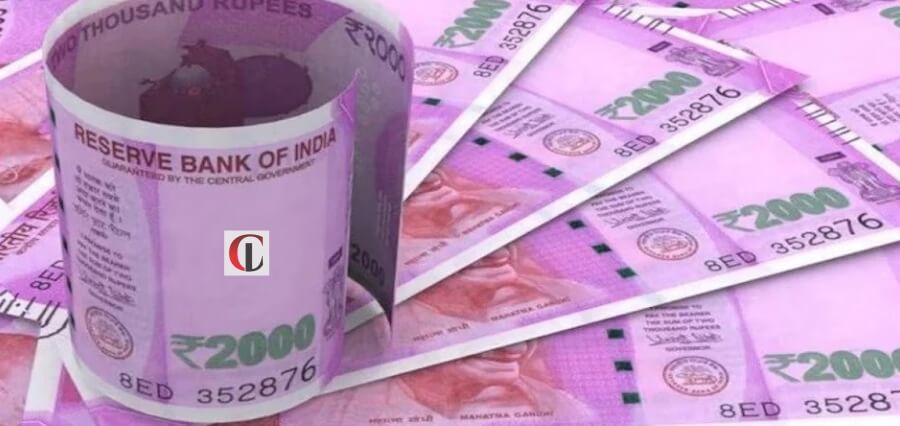Exactly a month ago, on May 19, the banking regulatory authority announced the withdrawal of ₹2000 currency note the highest denomination from circulation as a part of currency management policy.
One of the largest public sector bank, SBI identified in its study that the withdrawal of Rs 2,000 currency notes will accelerate the process of loan repayments, bank deposits, thereby having a positive impact on consumption and Reserve Bank of India’s retail CBDC (central bank digital currency). As on March 23rd, the share of the 2000 denomination notes was identified at 10.8 percent amounting to ₹ 3.62 lakh crores in terms of value.
On 8th June, Mr Shaktikanta Das, RBI Governor said that approximately 1.8 lakh crore of 2,000-rupee notes had come back into the system. From this, around 85 percent or ₹1.5 lakh crore have come as deposits and the rest are exchanged for other smaller denominations.
The SBI study identified that, “Even as ₹1.5 lakh crore of ₹ 2,000 notes has been deposited at the banks…This implies that the amount spent / exchanged by people over the counter is ₹ 60,000 crore (₹ 1.5 lakh crore net of ₹ 90,000 crore decline in currency in circulation ₹ 60,000 crore). This could also result in a bank deposit boost, repayment of loans boost, consumption boost, RBI retail CBDC boost and a possible GDP boost.”
The ‘precision strike’ by the central bank hits the right notes on multiple counts, taking pressure off substantially from near war-like quest for deposits from banking system while also smoothening the bias for higher interest rates going forward. Additionally, the move effectively anchors the surge in incremental credit-deposit (C/D) ratio, nearing pre-pandemic levels, by filling the coffers and keeping banks ready to meet funding needs from diverse sectors, it added.








